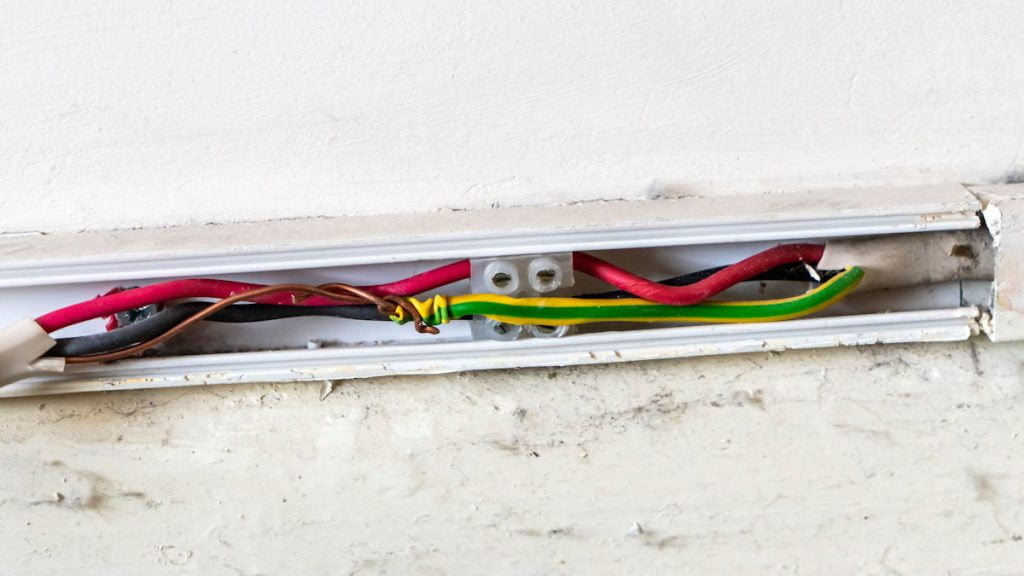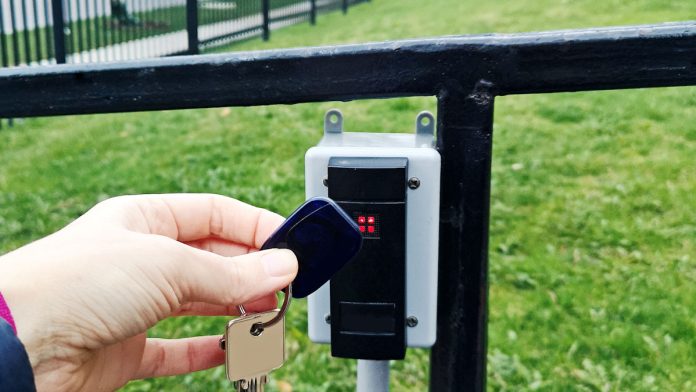Protecting Access Control Cabling From Tamper.
Protecting Access Control Cabling – We’re an end user and have just had a small access control upgrade commissioned that includes 2 prox readers to provide access from a back-of-house areas of our site to the outside – one reader on each side of the door. But we are concerned the entry is still not secure.
The problem is that the cabling serving these readers is exposed to tampering back of house as it runs along a waist-high ledge in the reinforced concrete wall of the service corridor in a loosely fixed plastic conduit with a section of cabling exposed to view. I’m sure exposed wiring is not the industry standard for security systems – what is?
A: From the top, the Australian and NZ Standards state any wiring that runs in the open must be adequately supported by clips at 500mm or at intervals that support the wiring as it travels around pipes or other features that cross the cable’s path.

AS 2201.1 states that where cabling is liable to damage – and this risk assessment should be made by your security team – it must be monitored and protected by conduits, piping, ducts or cover strips installed in accordance with AS3000. Conduit can either be of tough PVC or better still, metal tubing – you can insist on the latter bearing in mind it will cost more.
Protecting Access Control Cabling
Further, the standard dictates that wiring of control equipment must be arranged so that it passes through the wall into the rear of equipment, with any exposed wiring in such a cable run protected by a tamper protection circuit. A conduit that meets the standards outlined by AS 2052 or 2053 must encase the wiring.
The bottom line here is that running exposed cable from a door controller to the inside/outside of an access-controlled external door is unacceptable and the system should not have been commissioned with such a flaw. Security installations should comply with the Australian Standard.
It goes without saying that end users need to ensure they know what they need and get what they ask for. As you imply, every component is an intrinsic part of your security system – every cable, every conduit, every wireless link, every router, every mobile device that carries an authentication app.
You can find out more about the Australian standards for cabling here and read more SEN news here.
“Protecting Access Control Cabling From Tamper.”












